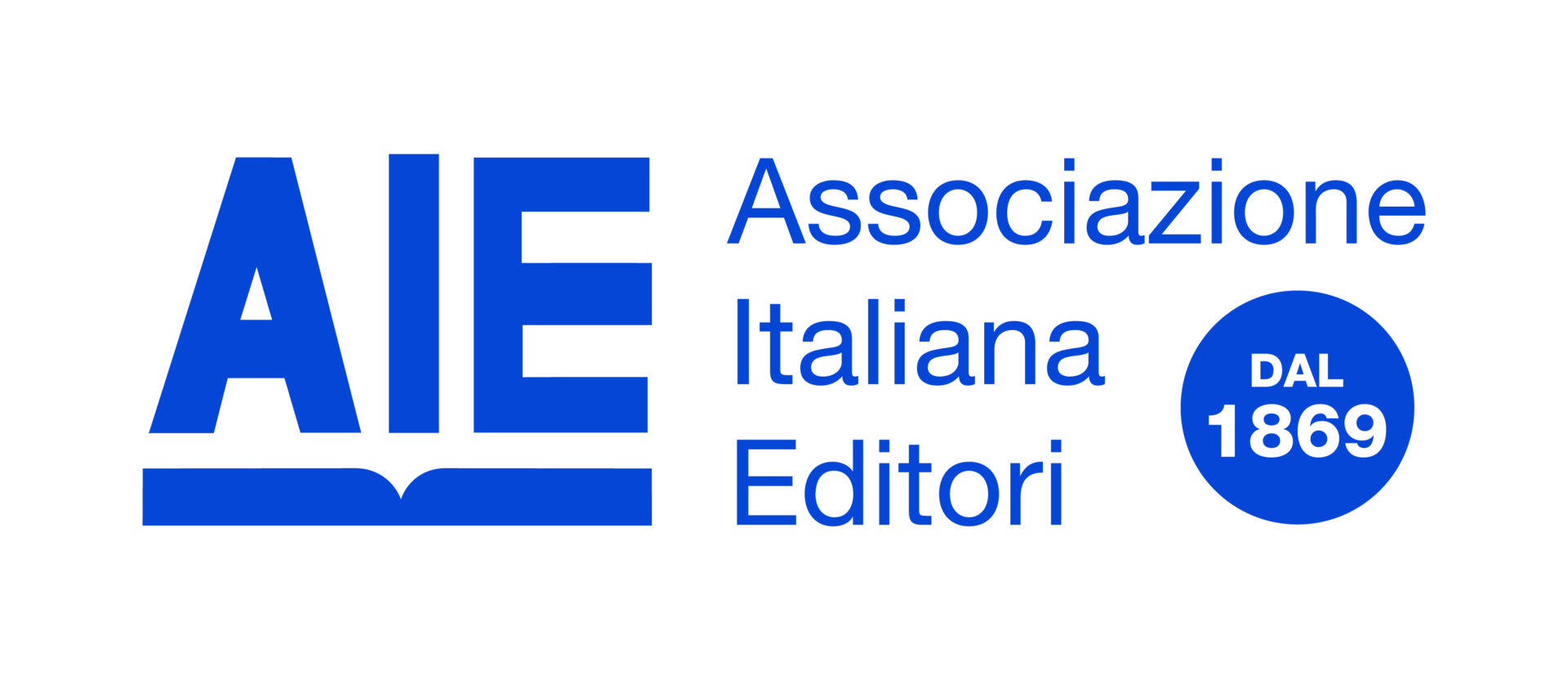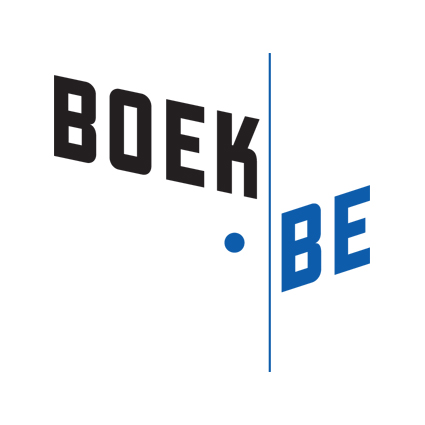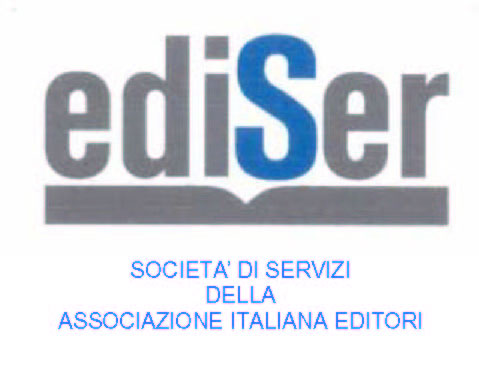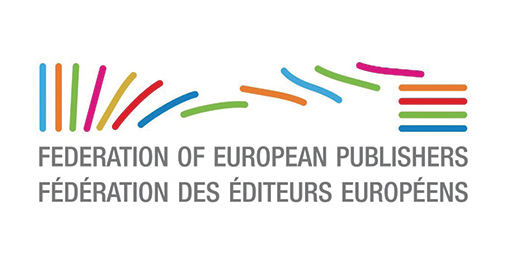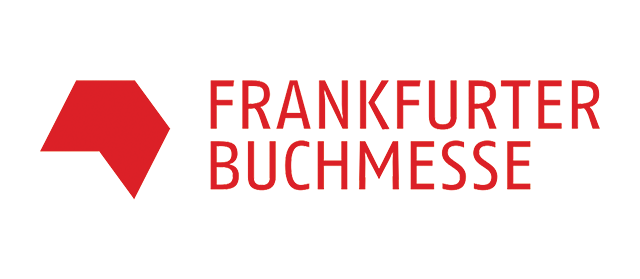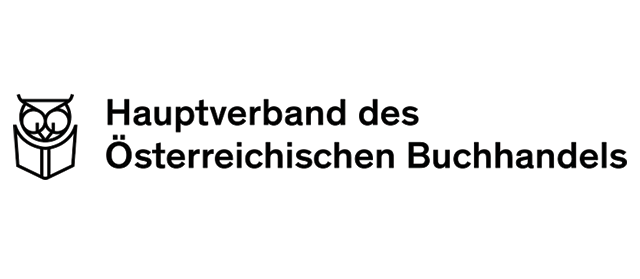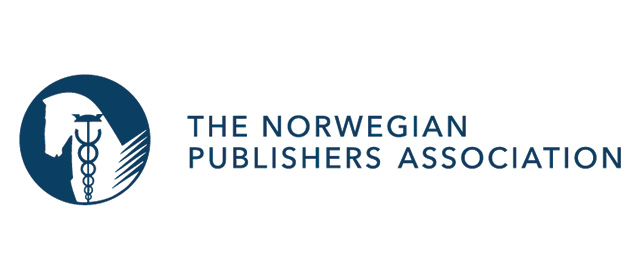Digital tools made reachable the role of publisher for many people. By one hand the technological utensils made possible the rise of the huge amount of self-publishing through many diverse platforms or software solutions and by other hand the surge of a new concept of publishing based on similar tech solutions that are fostering a considerable increase of small independent publishing houses.
One of the consequences of this accentuated granularity in the book publishing during this time is the great increase of titles and the consequential challenges for the presence of each of the titles in the market. Therefore, the chances of a book to be found and noticed by potential readers amidst the vast panorama of available content are difficult in the case of most of publishers.
Challenges in book discoverability
As the sheer amount of titles being published annually has skyrocketed with the advent of self-publishing platforms and digital distribution channels, there is a real saturation of new books which makes it difficult for each of the books published every they to stand out and appeal to the potential readers.
The abundance of digital content (ebooks, audiobooks or information on print books) across various platforms—from social media to online retailers—creates a crammed environment where books can easily get lost without effective promotion strategies. Most of the online retailers and platforms rely on complex algorithms to recommend books to users.
However, the algorithms can be opaque and favour established some books with high sales titles, making it challenging for new or independent publishers’ titles to gain visibility. Most of all with the hyperbolic role of Amazon and its whole ecosystem ruled by their own code.
In an era of information overload, capturing and maintaining a reader’s attention long enough to consider a book requires targeted and compelling marketing efforts.
Strategies for discoverability of books
Discoverability is one of the most important issues in the publisher’s agenda during this time and that’s why is also a recurrent topic in many of the professional meetings in the book world. For instance, one of the panels that took place during Readmagine -the conference organised in Madrid by FGSR and IPDA- focused on discoverability of books. During this occasion the insights from Arantza Larrauri (Libranda), José Manuel Anta (FANDE) and Searsha Sadek (Shimmr) highlighted the importance of collaboration, data-driven strategies, and innovative technologies in enhancing the discoverability of books.

One of the priorities is understanding the target audience and communities of readers using targeted advertising through platforms like social media and book-focused websites.
José Manuel Anta underlined the priority of ensuring that each book metadata is optimized for search engines and retailer algorithms can improve visibility in search results.
Anta elaborated on the practical implications and strategies for fostering book discoverability, emphasizing the importance of collaboration and adaptation within the industry. The physical spaces such as bookshops and libraries remain crucial for book discovery, with examples of good implementations include Feltrinelli’s hybrid bookshop model and Talia’s omnichannel strategy, which combine brick and mortar with digital experiences.
Another strategy promoted by Anta is the collaboration between booksellers, publishers, and libraries can enhance discoverability. Initiatives like Spain’s «Todos tus libros» (All Your Books) platform exemplify how collaboration among bookshops can create effective e-commerce solutions. In the case of small independent publishers need to select the right partners and utilize services like Jellybooks and Beat Technology to enhance discoverability.
Searsha Sadek discussed how AI can revolutionize book discoverability by offering highly personalized experiences. The stablished ways for discoverability are organic or paid and explained the AI-Driven discoverability, because AI can analyse and predict reader preferences, enabling personalized recommendations.
AI allows for extensive A/B testing to “determine the most effective marketing strategies, significantly increasing the likelihood of a book reaching its audience”.
During some of workshops and sessions of Readmagine with experts in marketing the content marketing strategy was considered also very useful by creating valuable content related to the book’s themes or topics which can attract readers interested in those subjects and indirectly promote the titles.
Building relationships with book bloggers, influencers, and participating in online book clubs or forums can generate word-of-mouth buzz and increase visibility.
Utilizing data analytics on sales data, reader behaviour, and engagement metrics can provide insights into effective visibility strategies for books and help improve future promotional efforts, also by comparative analysis of discoverability strategies across different genres.




